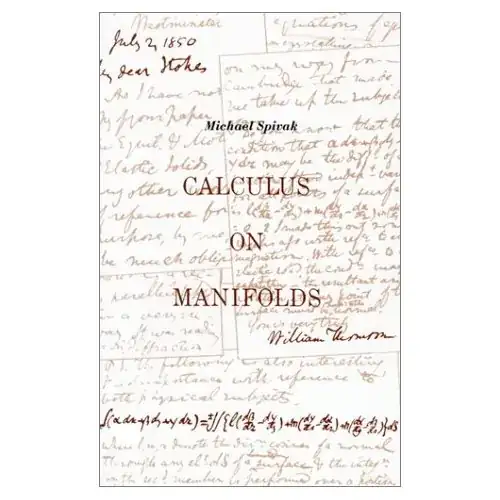What you're really asking for is a textbook giving a modern presentation of vector calculus/calculus of functions of several variables. Of necessity,there's going to be a lot of overlap between such textbooks and differential topology books. Indeed, I think eventually separate books on both subjects will be obsolete and there'll be unified presentations of both.
The standard books for learning this material are Calculus On Manifolds by the legendary Micheal Spivak and Analysis on Manifolds by James Munkres. Spivak's book is basically a problem course with quite a few pictures. It's quite rough going,but it's worth the effort if you've got the patience. Munkres is more of a standard textbook and covers the same material with much more detail.
Notorious for it's level of difficulty is Advanced Calculus by Lynn Loomis and Shlomo Sternberg, now available for free at Sternberg's website,which is a huge gift to all mathematics students of all levels. This book was written for an honors course in advanced calculus at Harvard in the late 1960's and it's unimaginable that they actually taught UNDERGRADUATES this material at this level. Then again,these were honor students at Harvard University in the late 1960's-argueably the best undergraduates the world has ever seen. In any event,for mere mortals,this is a wonderful first year graduate text and probably the most complete treatment of the material that's ever been written. It even ends with an abstract treatment of classical mechanics. But you better make sure you got a firm grasp of undergraduate analysis of one variable and linear algebra first.
Similar in content,but easier and much more modern is J.H. Hubbard and B.B. Hubbard. Vector Calculus, Linear Algebra, and Differential Forms. Beautifully written,wonderfully illustrated with many,many applications,philosophical digressions and unusual sidebars, like Kantorovich's theorem and historical notes on Bourbaki, this is the book we all wish our teachers had handed us when we first got serious about mathematics.Even if you're using a "purer"treatment like Spivak, it's a book you simply must have. It's a book anyone can learn something new from.
Lastly,I want to mention something. The very first course trying to present to undergraduates the essentials of calculus on manifolds was given at Princeton University in the early 1960's and was taught by Norman Steenrod,along with Nickerson and Spence. Spivak was an undergraduate in that course and famously,it inspired his textbook.
Although those notes circulated for many years, they've never been published in book form.
Until now. The venerable Dover Books has acquired the rights to the notes and they will finally be officially published by them this summer. I've never seen the notes in detail-but given their heritage,they're well worth checking out.Also,since Dover is putting them out in a very cheap edition,there's no good reason not to own a copy. So be on the lookout for that.
That should be more then enough to get you started-good luck!
